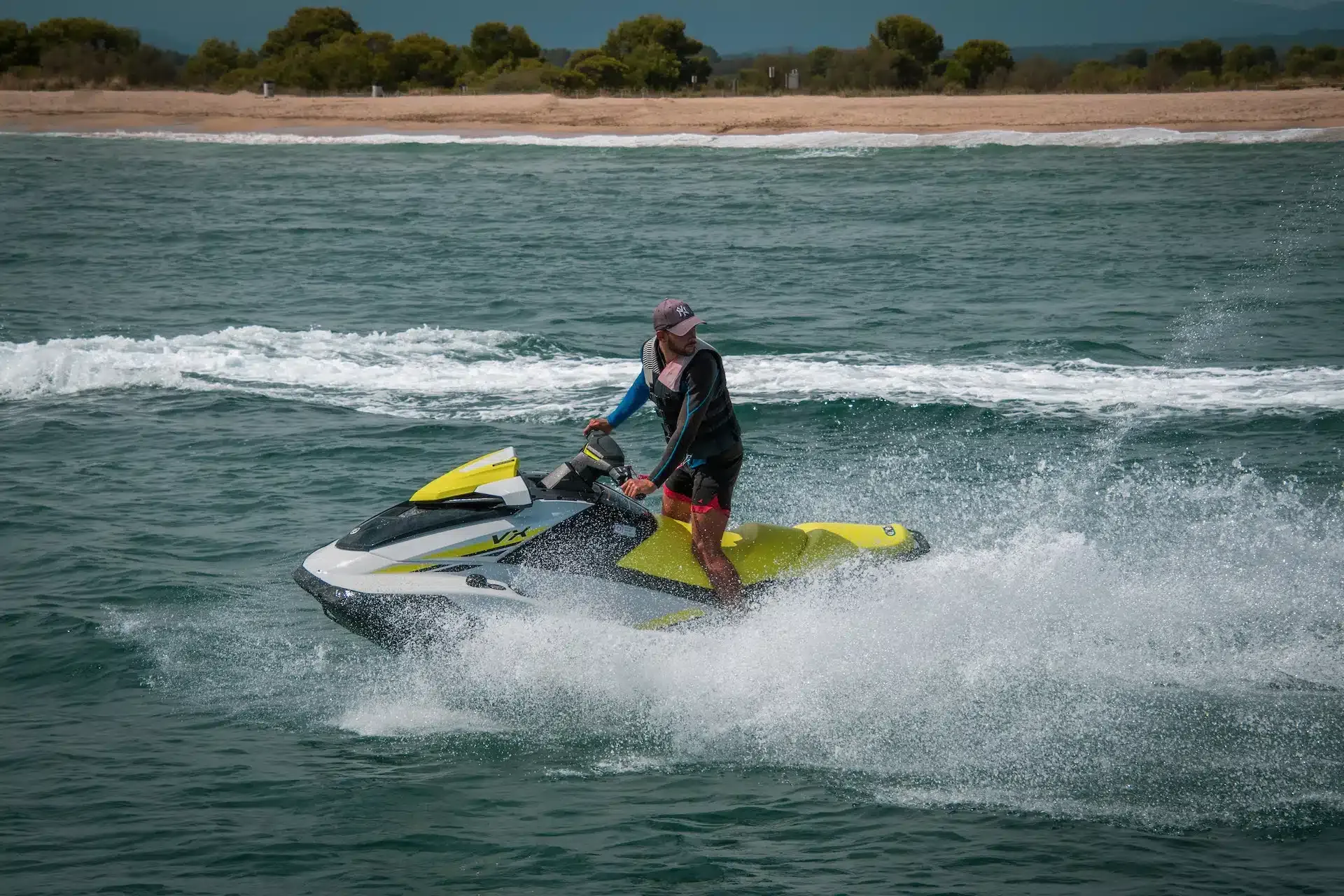Personal watercraft, often called PWCs, offer exhilarating experiences on the water. Whether you own a jet ski, a wave runner, or any other watercraft, properly docking it is essential for its safety and longevity.
Let’s review some key considerations you need to make in PWC docking.
Choosing the Right Docking System
There are several docking systems available for PWCs. Floating docks are generally very popular because they provide a stable and versatile platform for your watercraft. Not only are they designed to adapt to water level changes, but they also offer easy access.
Another convenient solution is PWC ports – drive-on docks that can be very convenient. They have a floating platform that your watercraft can drive onto. Once that is done, you can raise the platform so your PWC can be removed from the water.
Fixed docks are also quite popular. They offer a space for your personal watercraft, though they usually require more significant investments initially. However, they are very stable and secure in the long term.
Docking Techniques
Once you’ve picked the right dock, you must master docking techniques.
It’s essential to approach the dock at a slow and controlled speed. You’d want to reduce your throttle and maintain a steady pace to prevent collisions. The speed and direction at which you go will also depend on the wind and current, so keep these in mind as you approach. You’d want to adjust your speed and angle to compensate for these.
If docking with others, communicate clearly and use coordination signals. Most people have agreed-upon hand signals or gestures that you can use so you don’t have to shout from a distance.
Attach fenders or bumpers to your watercraft’s sides to protect it and the dock from damage during docking. These cushioning devices absorb impacts and prevent scratches or dents.
Depending on the docking system, either drive your PWC onto the floating dock or slip it into the designated space on a fixed dock or piling system. You’d want to secure it in place using the provided straps, ropes, or securing mechanisms.
Make sure to step off your watercraft safely! The dock can be wet and slippery, so maintain posture and balance to avoid accidents.
Maintenance and Care
To ensure your PWC is in good condition, you should stay on top of maintenance, even when it’s docked.
Clean it periodically and remove saltwater residue, dirt, or debris. The engine, hull, and intake grates are vulnerable on this front, so focus on them mainly.
After each use, you might also want to flush the engine with fresh water. This removes any salt or impurities and keeps it from rusting. If your PWC has a battery, ensure it’s charged regularly and keep it safe from moisture. Before you head out on the water, check the condition and replace it if need be. You don’t want to get stranded out on the water!
Keep your safety equipment with you at all times, and you can
Though it may take some effort at the start, personal watercraft docking will become second nature over time. Now you can enjoy your time on the water and make lasting memories with your personal watercraft!
Nor Col EZ Dock offers dock-building services for the best types of docks, EZ Dock. They also provide accessories that allow you to expand your floating dock and spruce up the platform. For more information, call (800) 654-8168.







